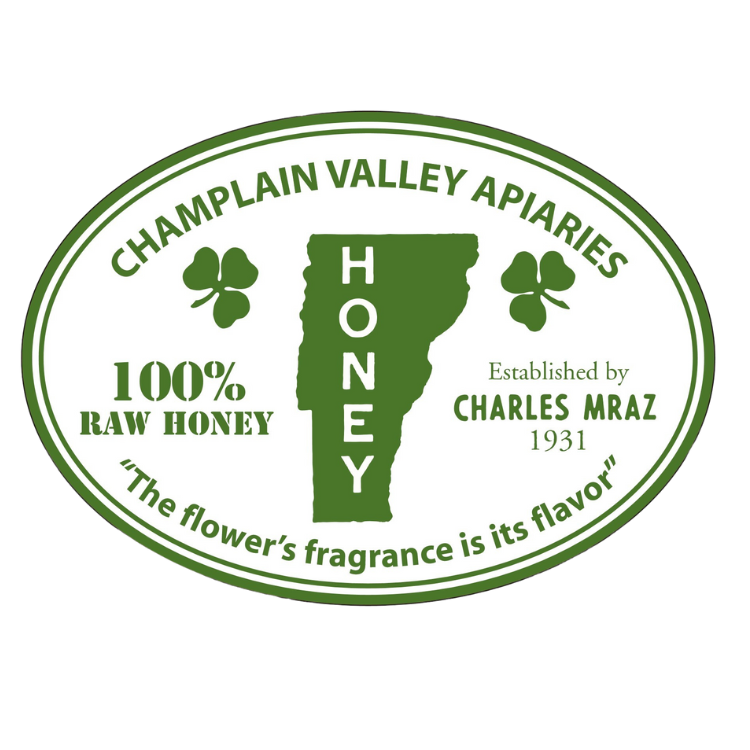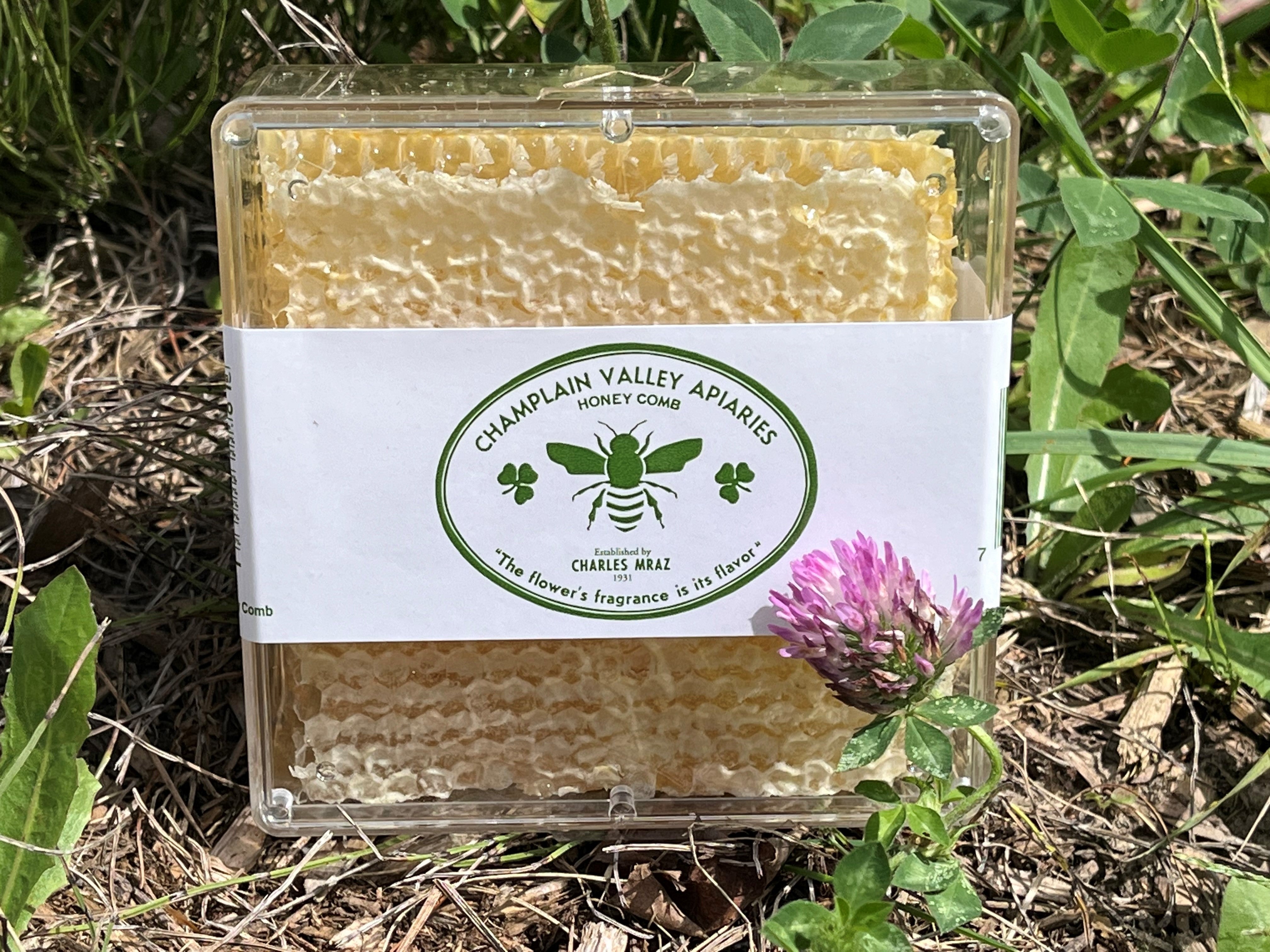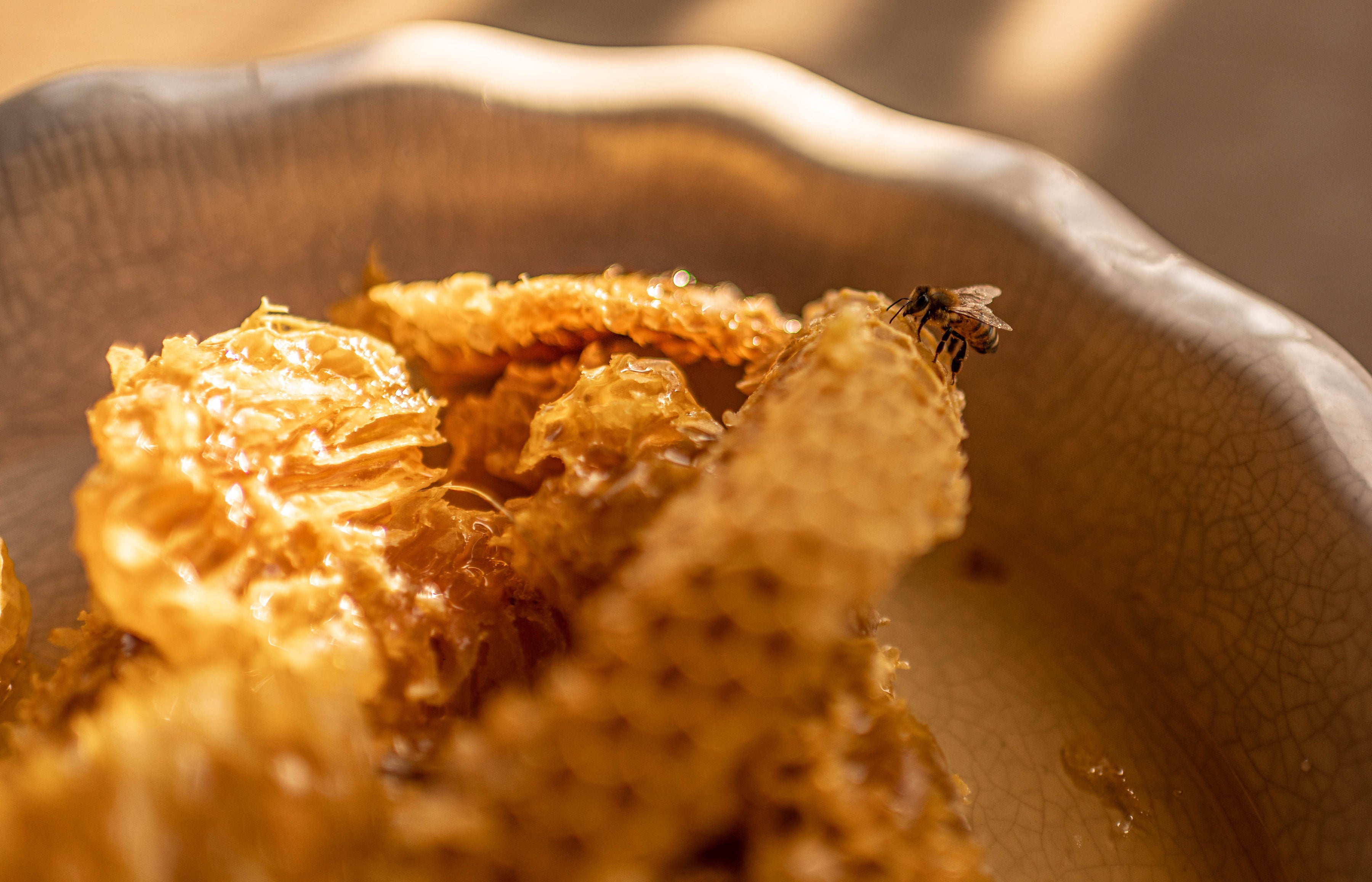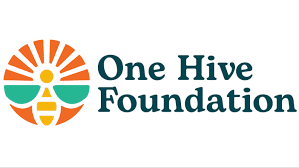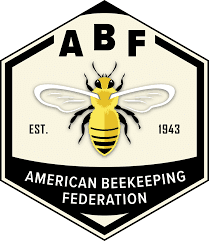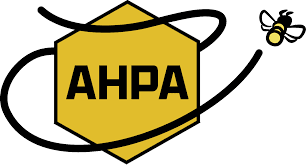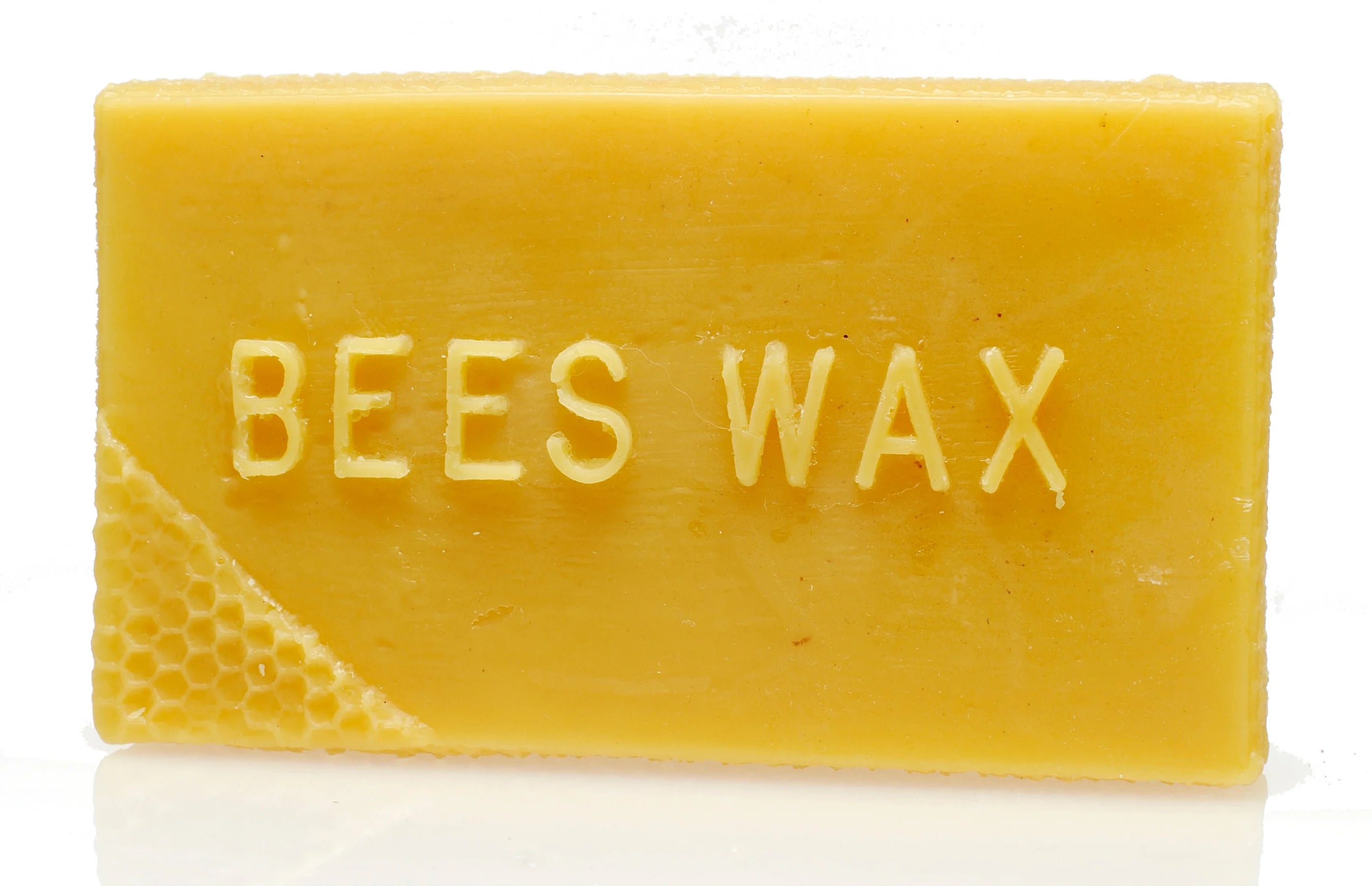
Minding Our Beeswax
And Other Beeswax FAQs
Ahh, beeswax — one of nature’s wonders! For centuries, beeswax has been cherished for its versatility, with uses spanning everything from candles to wood polish to skincare.
But where does it come from? Our superstar worker bees! These female bees have a secret wax stash — eight special glands under their bellies that help them produce wax. During spring, when flowers are popping and nectar is flowing, bees go into wax-building mode, crafting each hexagonal cell with admirable skill.
While honey usually steals the spotlight, beeswax is an equally valuable product of the hive, historically relied upon by beekeepers and institutions like the Catholic Church for candle production.
Here’s some info about our beeswax– and answers to other beeswax FAQs.
What is Beeswax?

Beeswax is a natural substance created by honey bees through specialized glands. Its waxy composition makes it perfect for forming the protective honeycomb structure inside the hive.
This wax is incredibly resilient and serves multiple functions: it’s hydrophobic (water-repellent), helping to protect stored honey, pollen, and developing bees from moisture. This quality makes it valuable outside the hive too — from candles and salves to food wraps and furniture polish, beeswax has an amazing range of applications.
How is Beeswax Made?
Worker bees secrete wax in the form of tiny flakes, which they then chew to soften and shape into hexagonal cells. Wax building generally happens when there’s an influx of resources, such as during the spring nectar flow. During this time, bees build additional comb for nectar storage, which requires consuming an estimated 6–10 pounds of honey per pound of wax. This high ratio of honey to wax makes beeswax a significant investment for the colony.
What is Beeswax Used For?

Beeswax is incredibly versatile, valued for centuries in various industries. Here are a few common uses:
- Candles: Known for their clean burn and natural aroma, beeswax candles are a popular choice.
- Skincare: Beeswax’s moisturizing and protective properties make it a common ingredient in balms, lotions, and lip products.
- Food Preservation: Beeswax wraps are a sustainable alternative to plastic wraps, helping keep food fresh.
- Wood Varnish: Often used as a natural finish for wood, providing a water-resistant layer.
So, Why Can Beeswax Be So Expensive?
For us, beeswax is often too precious to part with. There are both practical and environmental reasons we choose to keep and reuse our beeswax rather than selling all of it, including:
- The Bees Need It: We use most of our beeswax in our own operation. The bees need it. In simple terms, we paint beeswax on our newly constructed wooden equipment to make it “smell like home” for our hardworking honey bees.
- Contamination Concerns: Beeswax is intimately tied to the environment it’s sourced from and can carry contaminants like pesticides, chemical residues, and even viruses. Using beeswax from other regions introduces the risk of exposing our bees to these pollutants.
- Cost and Efficiency: Producing beeswax is no small feat for the bees. With a honey-to-wax production ratio of 6–10 pounds of honey per pound of wax, the value of beeswax far exceeds its market price.
With rising colony losses in the U.S., beeswax has become even scarcer. Selling all of our beeswax would mean undervaluing a resource we know is clean and essential for our hive’s health. As we see it, beeswax is worth preserving, if not for immediate use, then perhaps for a “beepocalypse,” when its value might be realized even more.
All in all, beeswax is a big deal to us, not just some extra stuff that gets thrown out after honey season. We are far from rich, but take a gander at our stacks of golden bricks of beeswax and you might think otherwise. Fear not, we’re keeping plenty of this golden treasure right where it belongs — with our hardworking bees.
